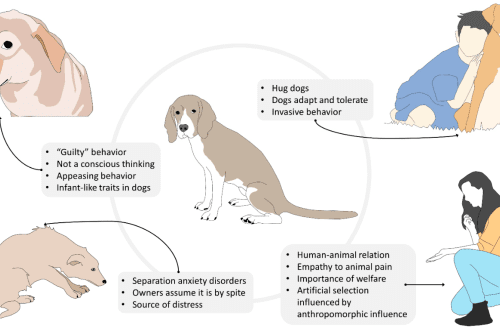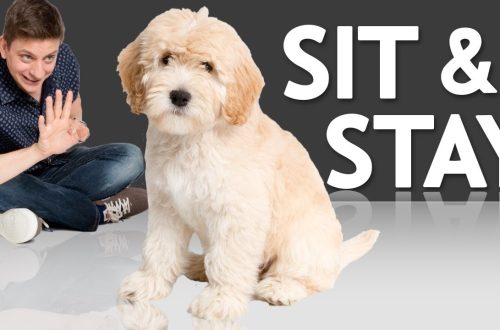
Separation anxiety
If you have to leave your dog alone, it can cause anxiety. Excessive attachment to the owner and anxiety caused by separation may be due to too early separation from the mother, traumatic past events and temperamental characteristics.
You leave your dog for just 20 minutes to go to the store, and when you return, you see that he has knocked over a trash can, chewed on pillows, or made a puddle in the hallway. If this behavior is repeated regularly, your dog is most likely suffering from separation anxiety.
Overdependence
Separation anxiety is common in dogs and is usually caused by extreme dependence on the owner. The reason may be that the puppy was taken away from the mother early, abandoned, or the dog just has such a temperament.
This condition is difficult to correct, but nothing is impossible. Patience – and you will eventually be able to correct such destructive behavior, which is caused by your pet yearning for you in your absence.
What to look for
The most commonly observed problems are defecation in unintended places, damage to personal belongings of the owner, barking and howling, refusal to eat, self-injury and compulsive licking.
Punishment is not an option
Punishment is the last thing to do in such a situation. The dog will not be able to understand the connection between his outrages in your absence and the punishment that he receives after a few hours. It may seem that the dog feels guilty, but this is just a submissive behavior – dogs do not feel guilty, but they can expect the coming punishment.
The dog may look down, tuck its tail between its hind legs, slink, or lie on its back showing its belly—these are signs of submissive behavior, not guilt. The dog tells you, “Hey, well, you are the boss. Do not hit me”. Punishment can only eliminate the symptoms of separation anxiety, but will not address the root of the problem.
Accustom gradually
The best way to solve the problem is to reduce addiction and anxiety in your dog. To do this, it is enough just to accustom your dog to different people who come to your house.
When you leave the house, do not make a fuss and long goodbyes, as this will only increase the anxiety of the pet. Upon returning, greet him only after he has calmed down.
You can “practice” leaving and coming in so that the dog gets used to your movements. Do this several times a day, while doing all the actions that you usually do when you are really going to leave.
Jingle your keys, grab your bag or briefcase, put on your jacket, and head out the door. You can even get in your car and drive around the house. Come back in a minute or two.
As your dog begins to get used to your disappearances, gradually increase the duration of your absence. Your goal is for you to be able to leave home and come back without your dog doing anything.
When you can leave the dog alone for an hour, you can safely leave for the whole morning or afternoon.
Just ignore her!
If the problems persist, you may need to reduce your dog’s dependence on you. It sounds cruel, but you need to ignore your dog for one to two weeks.
Ask someone else to feed, walk and play with the dog, but it is better if several different people do this. It is not easy to ignore your pet, especially if he is desperately seeking your attention, but after a few weeks you will find that he has become much less affectionate.
As always, if you have any problems with your pet, you should contact your veterinarian, who can determine if the dog’s misbehavior is due to separation or there are other reasons.
Such problems can be solved together with an animal behaviorist.





